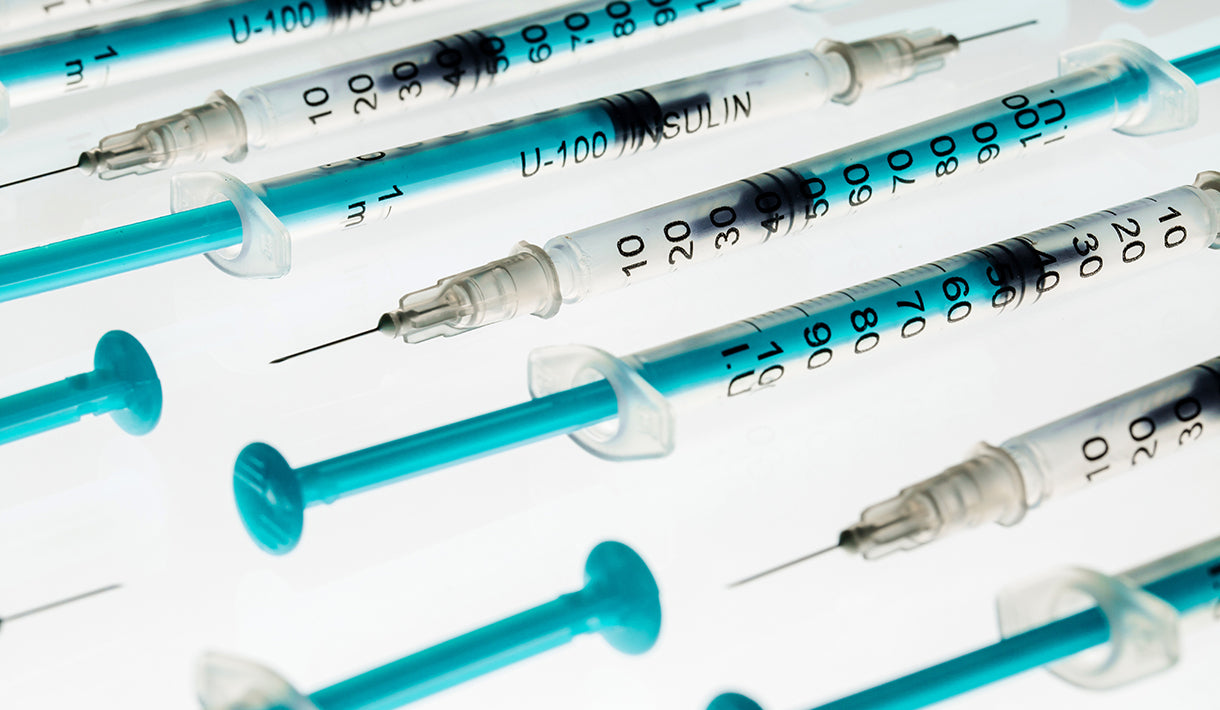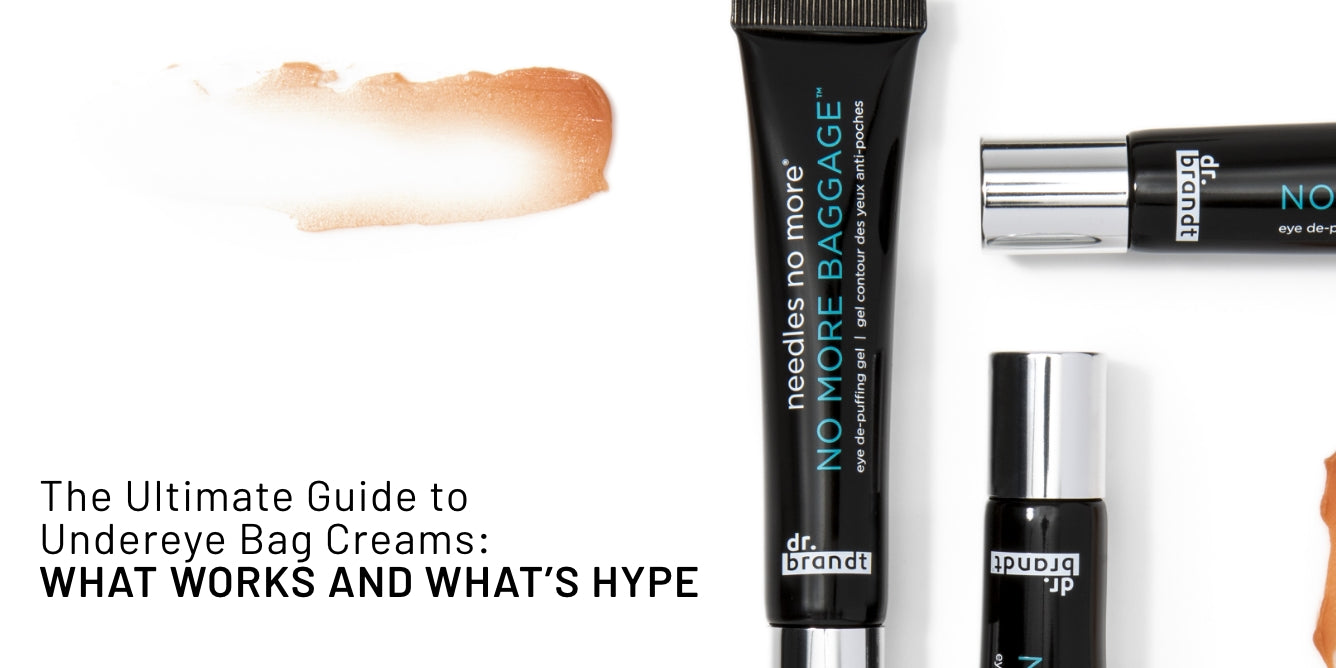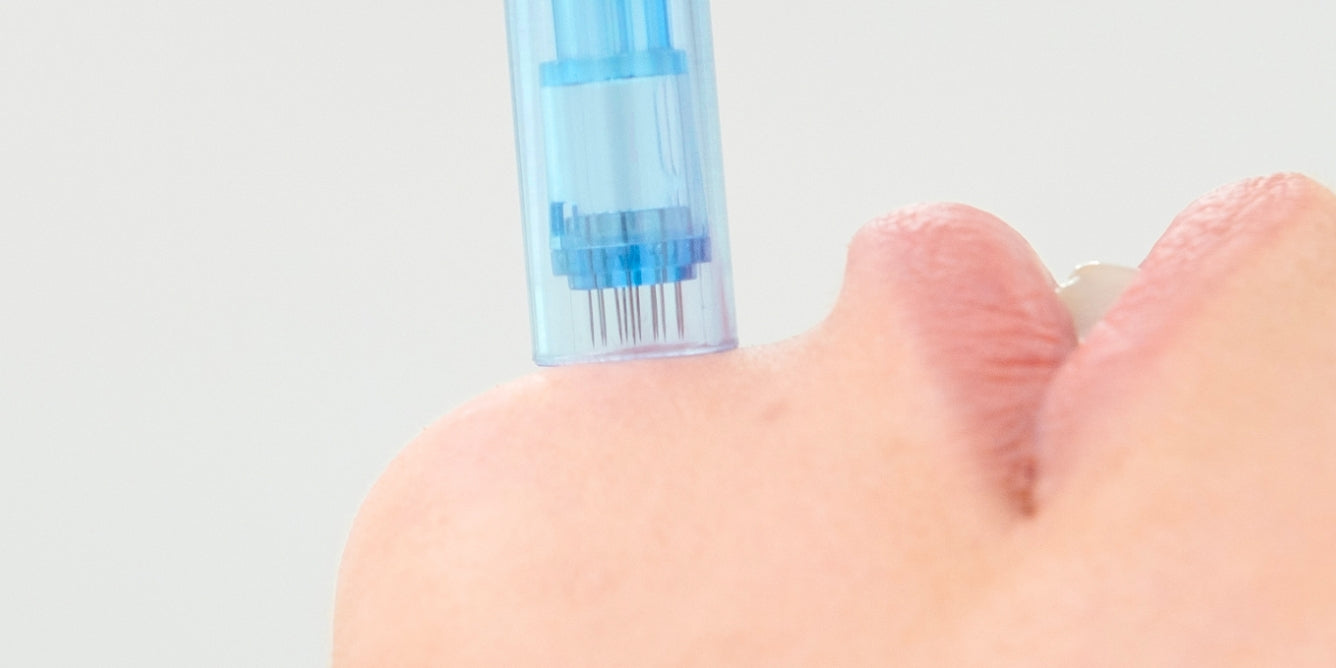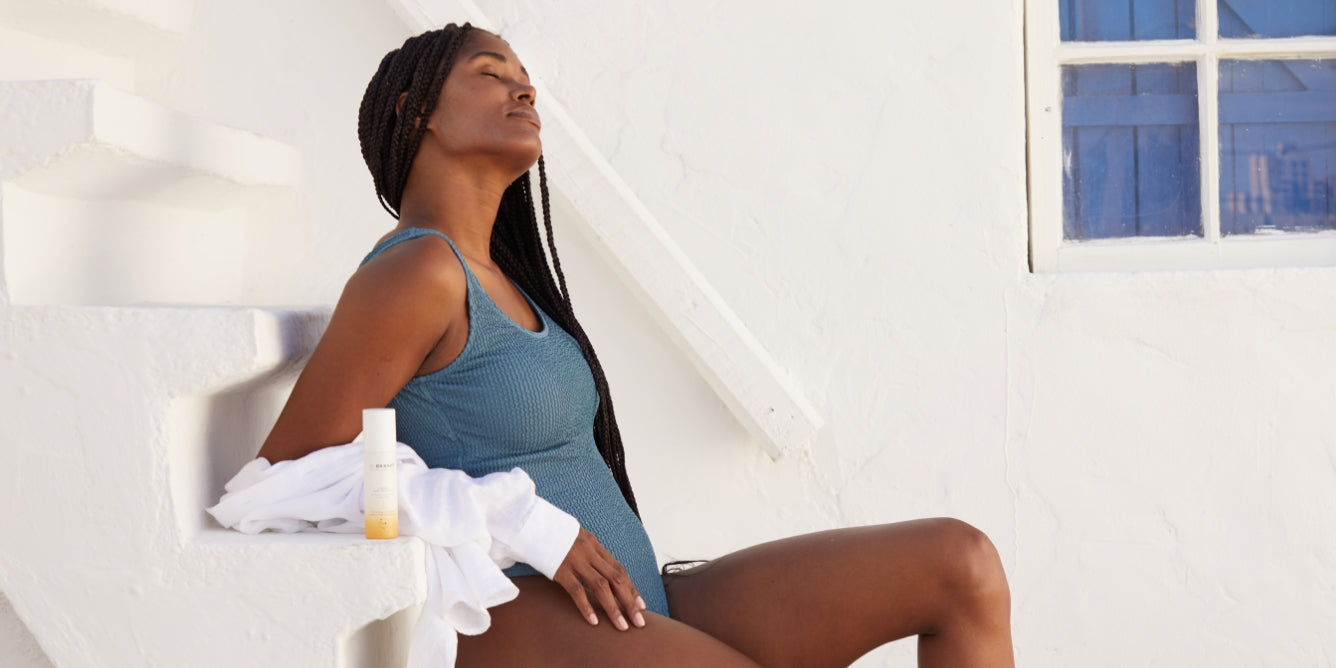
By Dr. Shasa Hu, MD, FAAD
All living beings experience aging. As you get older, the regenerative capacity of your body declines with age. As well, it is impossible to stop aging. In the present “selfie” culture, feeling insecure, or experiencing discrimination based on aging (ageism) cause a lot of stress. Negative emotions can frequently lead to unnecessary cosmetic procedures. Women in particular experience ageism which is why women are the primary consumers of skincare products and cosmetic/plastic procedures.
On the other hand, some people reject entirely modern aesthetics and advances in preventative aging. To me, aging gracefully is about achieving a balance between “self-help," skincare, aesthetic procedures AND self-acceptance of the aging process.
It is natural to age and grow old; aging brings personal growth and wisdom that we should be grateful for. At the same time, it is entirely within our rights to take care of our skin using the latest advances in science
How to age gracefully with skincare?
Studies have shown that the right skincare products can improve/delay how our skin ages. Most of the antiaging benefits of skincare come from reversing or reducing cellular damage. Oxidative stress and slow cellular repair and regeneration cause cellular damage. The current active ingredients in topical antiaging creams can be grouped into retinol/retinoids, antioxidants, and growth factors.

Skincare works, but does require consistent application of the right products for your skin type and lifestyle. I see a lot of people give up on creams after using them just a few weeks. In reality visible changes of the skin from a topical serum or cream require at least 8 weeks of daily use. Because that is how long our skin cells take to cycle through from the bottom to the surface.
In addition to choosing the right skincare routine and applying the routine daily, it is important to update your skincare as you get older. For example, a woman in her 20s should focus on protective skincare. While a woman in her 60s may want to focus on collagen and volume maintenance through skincare.
Protect your skin against excessive sun exposure
Cumulative exposure to sunlight is probably the most significant factor (and most easily preventable) in aging skin. The UVB portion of the sun’s rays leads to DNA damage of skin cells. This damage over time can increase our risks for skin cancers. The most common skin cancers are basal cell carcinoma, squamous cell carcinoma, and melanoma. The UVA portion of sunlight also induces DNA mutations through oxidative stress on our cells. One of the key features of UVA damage is the shortening of our telomeres.

Telomeres are a specific region of our cellular DNA that relate to aging and senescence. Telomere shortening is a signature cellular change associated with intrinsic aging. The speed and degree of shortening are influenced by multiple genetic factors. The way UVA exposure induces oxidative damage and shortens our telomere lead to visible signs of aging such as deep wrinkles, brown spots, age spots, and loss of elasticity. Therefore sunscreen and sun-smart behavior is really the best preventative measure against extrinsic, environmentally induced aging of the skin.
The importance of using the right skincare routine
To delay aging and extend youth, daily sunscreen with SPF 30 or higher broad-spectrum protection is a necessity. By minimizing oxidative stress and DNA damage to the skin cells through smart sun behavior, you can significantly slow down aging. You can easily see the differences in skin texture, age spots, tone and skin brightness between someone’s hands or forearms and the skin on their abdomen. Skin with unprotected sun exposure over time looks uneven, dull, and wrinkly, unlike other areas that are not exposed to the sun a lot. Other smart sun behaviors include reapplication of sunscreen/ sunblock every 1-2 hours if you are outdoors, wearing a broad-brimmed hat and sun-protective clothing.
Moisturizers are another essential aspect of preventative skincare. By keeping the skin hydrated, we are maintaining the integrity of our skin barrier. That barrier protects against aging through environmental stressors and chemicals.
In addition to using sunscreen and moisturizer on your skin, it is important to consider adding topical antioxidants. If you are in your 20s, I recommend alpha- or beta- hydroxy acids. This ingredient is in dr. brandt’s radiance resurfacing foam. If you are in your 30s or 40s, it is crucial to us topical retinol.
There are so many “anti-aging” skincare products out there, it is important to figure out your skin type. Also, do your research on the quality of the manufacturer of the products you use. Do not just fall for fads / viral trends in skincare. Whenever possible, speak to a board-certified dermatologist to have a personalized skincare routine that fits best with your skin type and lifestyle.
How to age gracefully using injectables
With the advancements in dermatological procedures in office, there is a wide range of injectable products that are available. We have a lot of flexibility in tailoring a tweakment plan to slow down physical aging and restore youth without altering someone’s overall facial features.

There are 3 main categories of injectables neuromodulators, dermal fillers and biotstimulators. Neuromodulators are products like Botox, Dysport, Xeomin, Jeuveau. Dermal fillers give instant results like Juvederm, Restylane, Radiesse. Biostimulators like Sculptra give a more delayed but long term results.
Neuromodulators:
Neuromodulators are purified proteins that treat aging-associated with facial expression by relaxing the muscles. One of the most widely done procedures is neuromodulators to relax forehead frown lines and soften smile lines around our eyes (aka crow’s feet). The results achieved through neuromodulators can last anywhere between 3-5 months. Results depend on the injection technique, dosing, and how a person metabolizes the protein. Nowadays both men and women are embracing more of the concept of “preventative botox” where we start the treatment with neuromodulators before the expression lines set in permanently.
Dermal Fillers:
While neuromodulators can reverse or soften wrinkles from facial expression, we need to add dermal fillers to replace volume loss and collagen loss that naturally occurs with aging. Most of us will start seeing the aging of our lips and mid-face starting in our late 20s to mid-30s. The downward shifting of our cheeks, jowls. It is the loss of elasticity and collagen of our skin that leads to the formation of nasolabial folds, the deep lines around our nose and our lips, thinner lips and fines lines. Hyaluronic acid is the main ingredient in Dermal fillers and approved by the FDA. This is one of the most common occurring components of the underside of our skin. HA fillers, when injected by board-certified dermatologists, can effectively restore volume loss of the cheeks, rejuvenate the lips, and restore the youthful contour of the jawline. HA fillers last around 6- 18 months.
Biostimulators:
Scultpra, another injectable, differs from HA fillers in that results from Sculptra (poly-L-lactic acid) takes weeks to show. I love incorporating Sculptra when making a long term beauty/ facial aesthetic plan for my patients. Because it has a unique advantage of restoring volume by stimulating a person’s own collagen and extracellular matrix protein production. The end results are usually longer lasting than the HA dermal fillers, about 24 months or longer.
The best way to age gracefully with injectables is to start with a healthy expectation of what you want to achieve. It is more realistic to embrace mother nature, your unique features than trying to look or age like someone else. Each person is different, what worked for a celeb or influencer may not work for you. Once you have your budget and expectation, search for a board-certified dermatologist with verifiable credentials.
Which cosmetic intervention exists to reduce aging?
In addition to the injectables we discussed, the most commonly performed cosmetic interventions are chemical peel and lasers.

Neuromodulators like Botox and dermal fillers with hyaluronic acid are great for laugh lines, volume rejuvenation, and facial rebalancing. There are still other characteristics that make you appear older. The skin's surface aging such as sunspots, uneven texture, blotchiness in complexion can be better targeted with lasers or other energy-based devices. One of the most widely used lasers is the IPL, or “photo-facial” treatment. IPLs give people brighter complexions, a more even skin tone, and improved texture. There are also tightening devices using radiofrequency to affect deeper layers of the skin to treat aging around the eyes and give a lifting effect to the face and neck.
How often should you do a cosmetic intervention?
I have always said that “skincare is necessary and cosmetic procedures are a luxury.” When and how often a person should get cosmetic intervention depends on the budget and skin needs. If budget is not an issue, most people can benefit from quarterly maintenance of facial expression lines through neuromodulators like Botox. Dermal fillers and biostimulators are best to start once you have early signs of volume loss, typically in your 30-40s. They are usually maintained on an annual or bi-annual schedule. The schedule of beauty maintenance with lasers or other energy-based devices varies greatly from every 2-3 months to once a few years. This will depend on your skin's needs and treatment plan designed by your doctor. Regardless of what you end up choosing for cosmetic intervention, it is important to maintain a healthy attitude towards aging, because it is not possible to stop aging.
How to age gracefully with lifestyle
Many studies have shown that nutrition and lifestyle impact signs of skin aging, through various pathways. For example, smoking is one of the most well-documented lifestyle culprits in accelerated aging of the skin. Smokers in general age faster than their peers, with deep lines, coarse texture, sagging skin, and uneven skin tones. Several twin studies have shown that the twins who smoke look a lot older than their identical twins who don’t.

In addition to avoiding known carcinogens, aging gracefully with lifestyle can be achieved with mindful nutrition and fitness. Don’t fall for diet fads or extreme workout routines. They often can lead to a yo-yo pattern that is more stressful on your body and skin. Frequent weight fluctuations can lead to stretch marks, accelerated sagging of skin, and loss of skin elasticity.
Aging gracefully is also about self-love and acceptance. The size 2 insta-model body is just not realistic for most people. Most of us don’t have the luxury of a personal trainer, chef, and meditation coach 24/7. So it is crucial not to let social media define the standard of beauty and aging. As long as we take care of our body and mind, aging will come gracefully.






Leave a comment (all fields required)